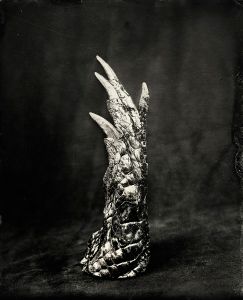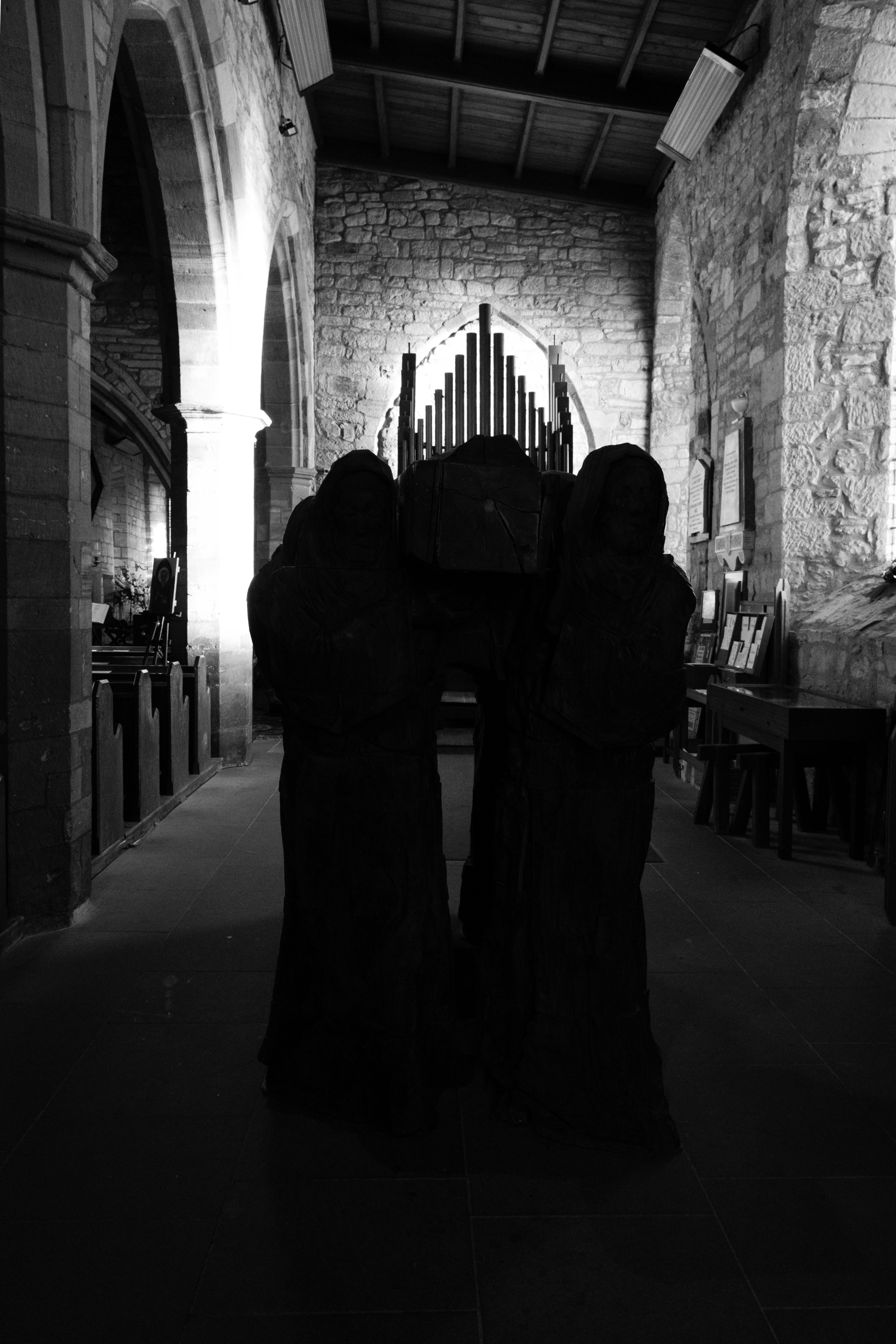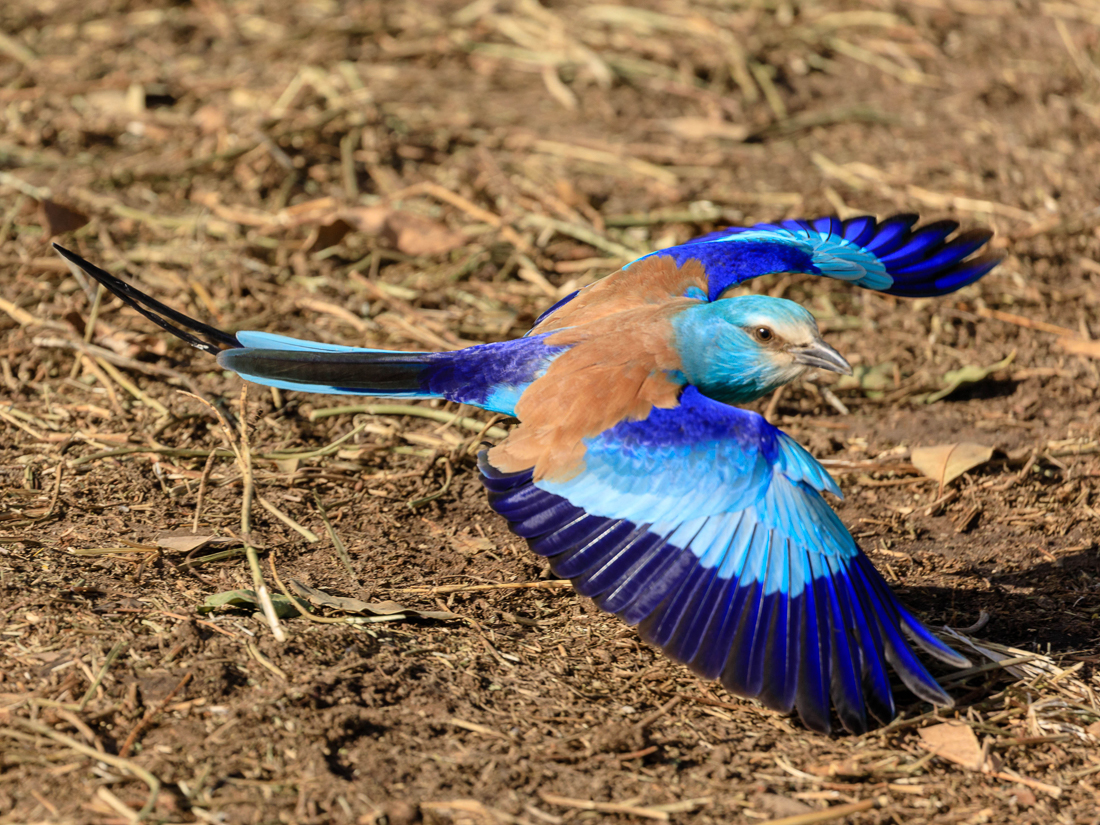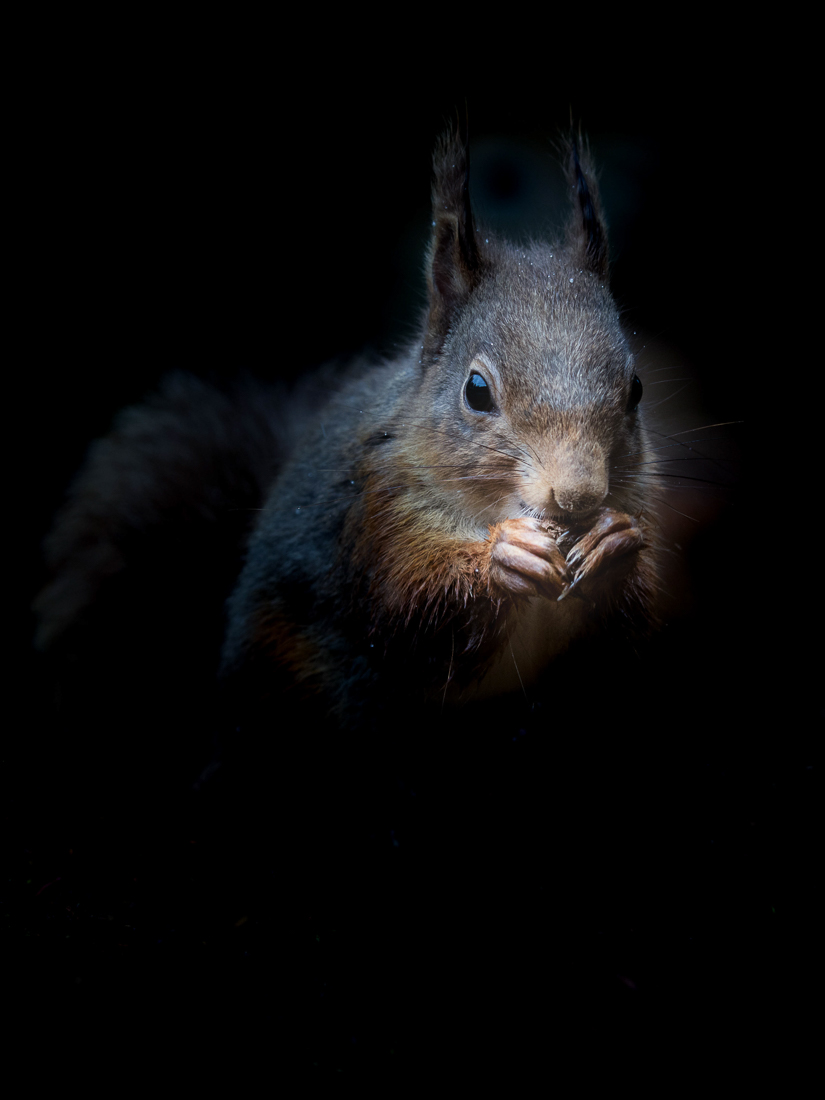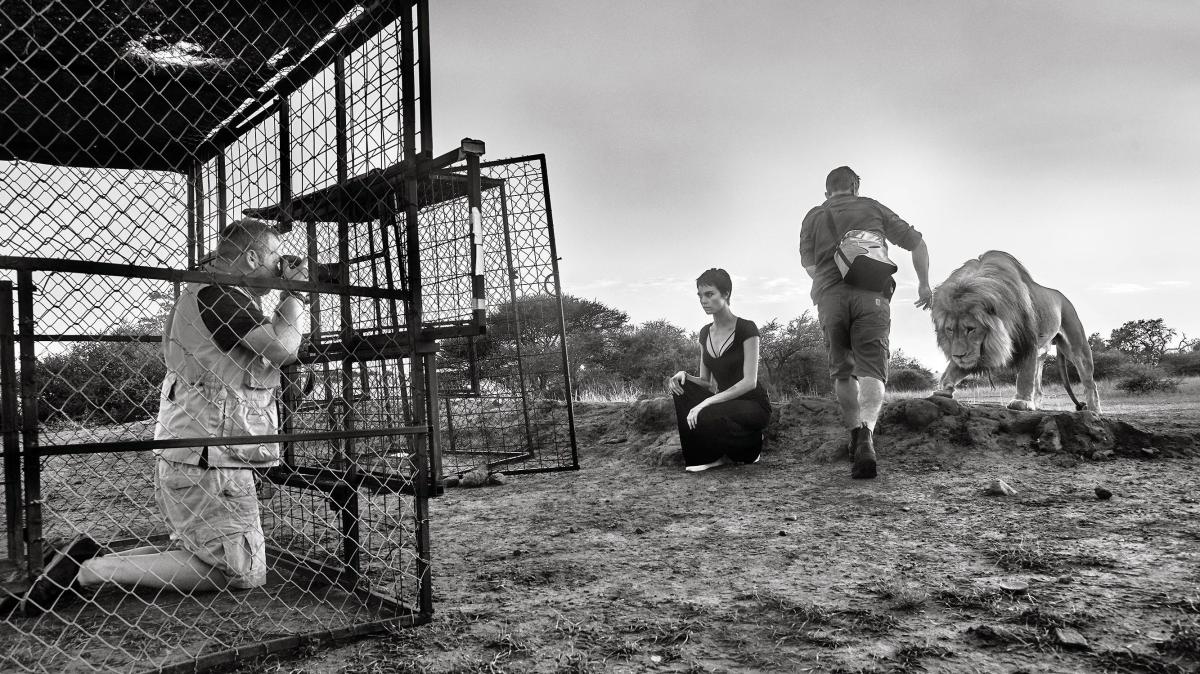Earlier this month we had an interactive lecture / presentation from David Chancellor- an award-winning documentary photographer. I was not able to attend but I have since caught up with the archived recording.
As a Documentary Photographer DC tells stories, not something, I have done much of and the first thought generated by DC’s presentation, about my own work, was why don’t I tell stories ? Throughout the course, I have struggled with the concept of a photographic story resulting from my own practise. I realise now that I have carried out vanity work with pets (i.e. commissioned) and carried over this approach into my wildlife photography – with myself as the commissioner. I have then been lucky enough to sell a lot of this to private buyers as art.
DC went further into his presentation to show us images from several bodies of work with Butterflies and Warriors, Hunted, Beasts and Elephant Stories.
He explained that his stories are like spiders webs and lead from facet to facet. His main linking strand is how Humans and Wildlife live together, what the result of those interactions do for the environment and the species themselves.
Wildlife commoditisation is something that most wild life photographers know about and may have experienced, ditto Hunters and latterly Tourists, the list grows longer as we become more aware of the issues the planet faces. The phrase ‘If it pays it stays’ represents the ultimate aim of making money ( from these activities) and making money is a base objective but things get a little more tense when the way of generation and use of the aforementioned money is examined.
In Elephant Hunters DC worked with the Campfire Organisation http://campfirezimbabwe.org/ to photograph Elephant Hunts. Ellies have six sets of teeth through their lifetime – when the sixth set start to breakdown, at about 60 years old, the Ellie will starve to death and or look to eat man-grown crops. The former, whilst natural is unpalatable and the latter increases conflict between the species On this project, DC photographed a Pro Hunter and San Bushmen tracking Ellies that were at that stage in their life. Once identified and tracked, they were shot to feed local communities – each Ellie yields about 3 tons of meat. This scenario was facilitated by Campfire as part of their ethos of
The CAMPFIRE Association works with local communities to help them to manage their land and their wildlife for future generations and to help them realise financial benefits from effective resource stewardship.
Some years ago, I had a disagreement with a well-known wildlife photographer on the ethics of shooting a very old Tiger on a reserve against allowing it to starve to death. Since the broadcasting of the latest Attenborough Series Dynasties, many will have debated the ethics of helping the penguins and chicks stuck in the ravine. Each will have a valid argument and this is the beauty of DC’s work – he presents visual messages from which you can balance up personal ethics, obligations towards Animal Sentience and the future of the environment for us all
He has achieved this with his images, not by just shooting the gory – but by presenting other elements. His reasoning behind this is that he wants to make people look and look again at difficult subjects and this is unlikely to happen if the images are too harsh or difficult.
I am following exactly the same philosophy with my FMP – making the images of long dead animal parts and items using them in an asthetically pleasing style.
Trophy Hunting regularly hits the headlines – Cecil the Lion – being probably the most infamous story. However, the widespread publicity from this story effected change, Australia and France banned Lion Trophies. American Hunters can only bring trophies home if there is proof that the Killing Fee supports conservation. Because of that decision, the Trophy trade is not quite so profitable leaving a number of captive bred lions on unprofitable farms – what now for these Lions if no one want shoot them – they are not paying their way.
The African continent suffers from poverty and man versus animal as each tries to survive, poaching is a symptom of this. It relies on a market for the end goods and the profit achieved from illegal shortcuts / practises. The about turn of China to accept farmed animal products for Traditional Chinese Medicine is a very divisive one and will likely fuel poaching. This may also be where the lions end up along with Tigers and Rhinos – is it right to farm these animals for the unproven effectiveness of medicines?
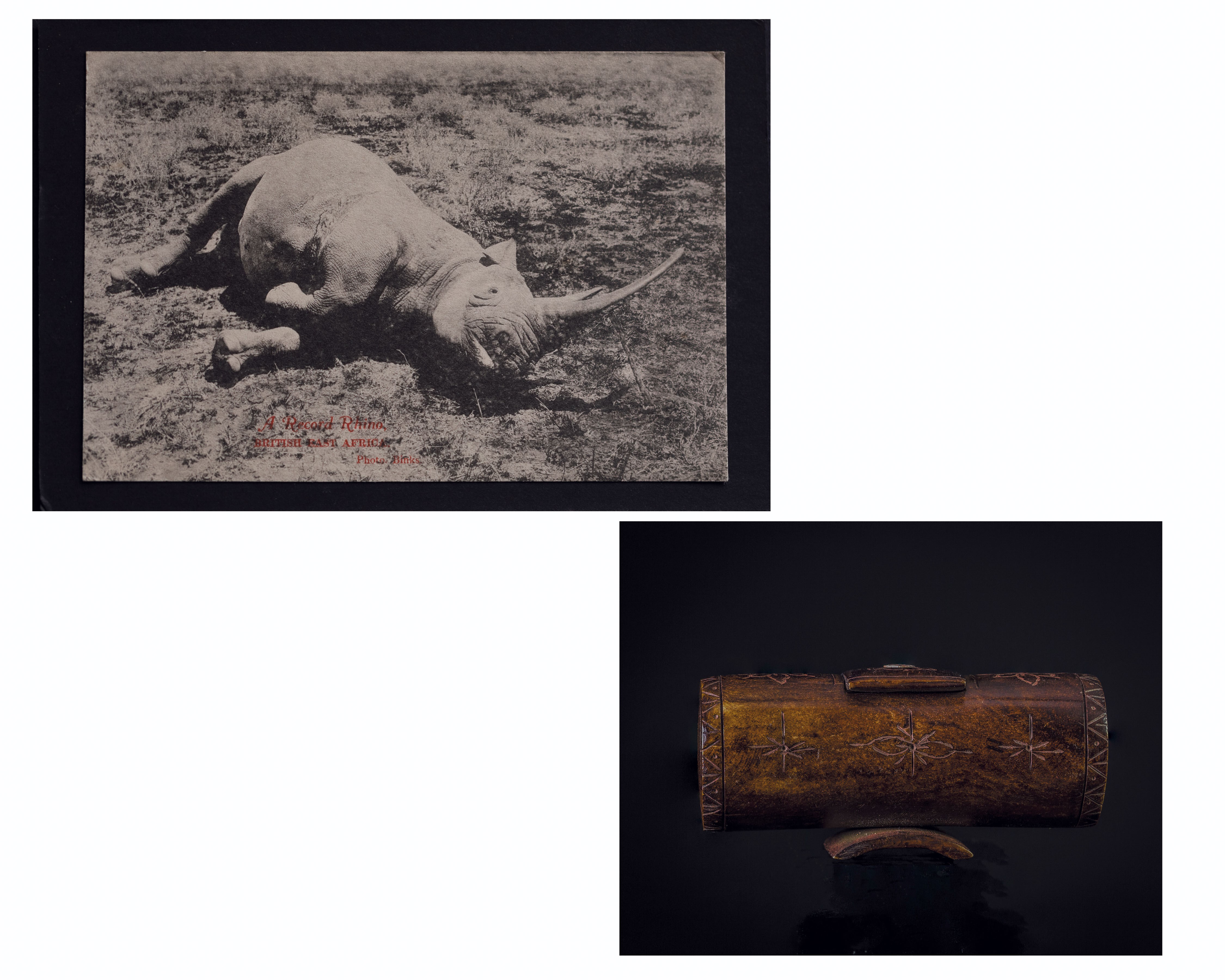
A Dead Rhino Post Card ( Binks 1920) and an Antique Chinese Medicine Container made from Deer Bone. A Prescott .
Another moral argument but it is hard to dispute that the activity generates income for some. Conversely, some believe that farming will reduces poaching and aid conservation although this is a currently unproven argument. On my trip to Senegal, earlier this year, Poaching, the Reserve Environment/ Community wellbeing were big and contentious issues. My work their will contribute to highlighting Eco Tourism, an alternative way to help to manage the environment / community balance whilst reducing the survival need for illegal activities (the greed need is another matter).
In With Butterflies and Warriors, DC shows the many sides of poaching: results, anti-poaching teams and the poverty that that may see poaching as the only way out. An evenhanded non-judgemental presentation that should make you think more about society’s gaps.
The need for income to improve social standards is not just an African Issue. DC talked about his work ‘Beasts’ (local slang for Deer) about a small Scottish Shooting Estate and his current work in progress documenting a young Scottish Gamekeeper on a larger more well-known Estate , illustrating how his work and his life / life standards are inextricably entwined. This Estate is managed using a holistic style that encourages the environment to support a mixed compliment of Deer, Grouse, and Hares etc. rather than decimating one for the profitability of the other. I am looking forward to seeing this collection and how this Philosophy has been messaged in DC’s images.
The work in Scotland was poignant for me as it is where I spend a good third of the year. I also have a close relationship with a Scottish Estate, built on the trust that I will present a fair view of what happens. The Scottish right to roam is acknowledged, but the staff, over time, have made it easier for me to get the images I want.
Overall, this was the best lecture / presentation, which I have attended, on this course. There was real resonance and tangibility for me in why DC takes the images and presents the stories in the way he does. I know that this is going to contribute to the development of my FMP as I apply the l same reasoning
Bibliography
Cecil Changes available at https://news.nationalgeographic.com/2016/06/cecil-african-lion-anniversary-death-trophy-hunting-zimbabwe/ [accessed 28/11/2018]
CAMPFIRE Statement available at http://campfirezimbabwe.org/ [accessed 28/11/2018]

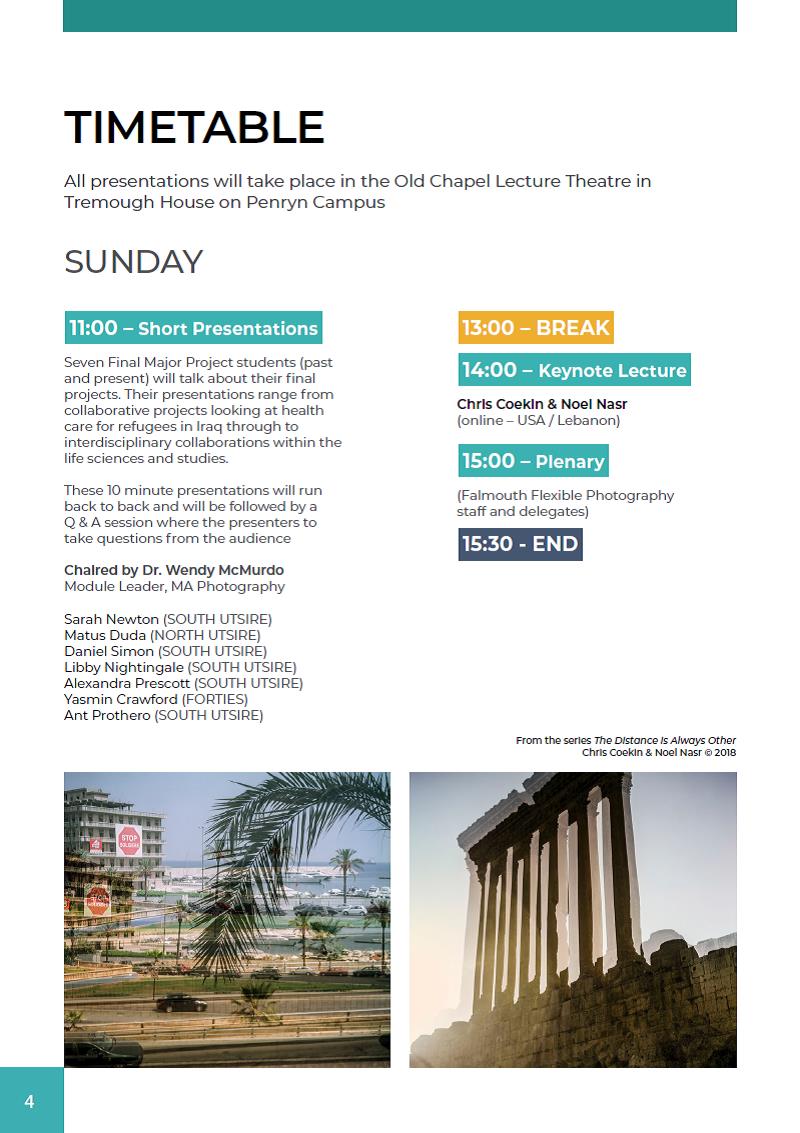

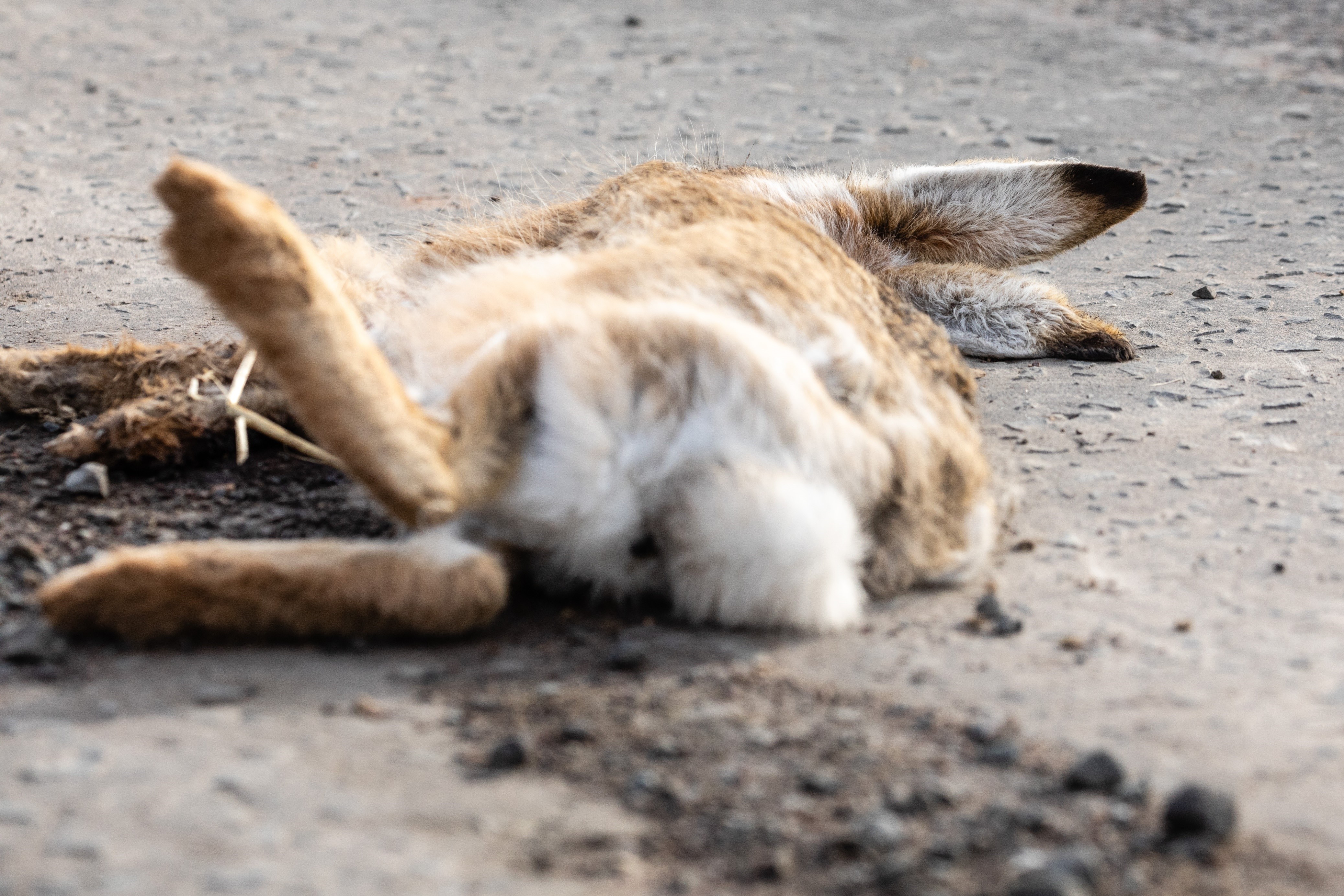 ‘Roadkill: Brown Hare’
‘Roadkill: Brown Hare’
